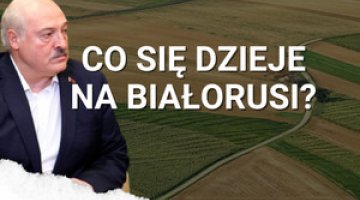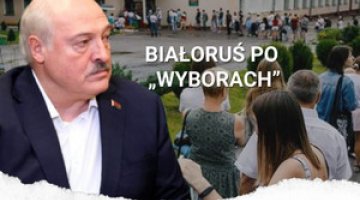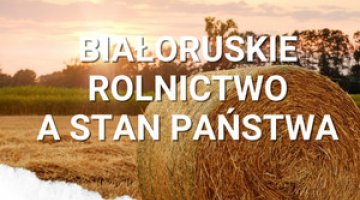Belarus: a police state in action
Over 20,000 people took to the streets of Minsk on 15 November, chanting the slogan ‘I’m leaving’. The public reaction to the death of Raman Bandarenka triggered greater involvement from protesters when compared to last week. He was beaten to death by unidentified perpetrators on 11 November, when he tried to prevent the removal of white-red-white symbols (which are not recognised by the regime) from buildings in the housing estate where he lived. Forces from OMON and the Internal Troops of the Ministry of the Interior prevented the formation of compact columns and brutally detained the demonstrators. Stun grenades and tear gas were used. Flowers and candles were removed from the place where Bandarenka was beaten, and people who spontaneously protected the place were also dispersed. These actions have been criticised by a spokesman for the Belarusian Orthodox Church, who expressed indignation that the law enforcement authorities had desecrated the symbolic commemoration of the deceased.
The protesters in the provinces were also more active than in recent weeks. Demonstrations were held in many cities (including Hrodna, Lida, Gomel, Babruysk, Brest, Maladzyechna, Vitebsk, Zhodzina, Salihorsk and Mazyr). Around 200–300 people took to the streets in each of these cities. The demonstrators were dispersed by the law enforcement services. In total, more than 1,100 people were detained on 15 November (most of them in Minsk).
During the week, the government launched repressive measures to discourage the public from participating in the protests. These included the detention of protest organisers. Participants of traditional marches, such as the Pensioners’ March, the Medics’ March or the Women’s March (the number of participants in each of the marches was limited to the hundreds) were effectively dispersed. Efforts to confirm the thesis put forward by the government about external interference in Belarusian affairs have also continued. On 8 November, two British diplomats were expelled on charges of collecting information about the protests, and on 9 November the Polish chargé d'affaires was summoned to the Belarusian Ministry of Foreign Affairs and was informed that the government in Minsk was demanding the cessation of “criminal activities violating Belarus's security interests” directed from Poland.
On 13 November, Lukashenka met with a group of journalists from Russia, Ukraine, Moldova and Kazakhstan. His speech lasted for a few hours and during it he again ruled out the option of starting a dialogue with representatives of the opposition. He announced that at the first stage of the so-called ‘constitutional reform’, some of the president's prerogatives will be passed to other authorities under the constitution which is currently in force. He did not refer to his previous declarations concerning holding a constitutional referendum and ruled out the possibility of transferring power without elections. On the same day, Yury Vaskrasensky, a former member of the campaign staff supporting Viktar Babaryka (an opposition rival of Lukashenka in the presidential race) announced that a Round Table of Democratic Forces association had been registered. Its aim is to engage the opposition in legal political dialogue.
Commentary
● Bandarenka’s death has served as a catalyst for the protesters during the demonstrations on Sunday and for strengthening the public outrage against the actions taken by the government. This tragic event has not lowered the scale of the repression, though it has rather increased it. This shows that the regime is determined to operate within the framework of the rules typical of a police state, that it rules out the possibility of public dialogue and continues to hope that the use of violence will cause the street demonstrations to fizzle out. At the same time, the government is continuing its anti-Western narrative in which Poland and Lithuania are presented as countries supporting the destabilisation of Belarus.
● The intensifying repressions are not contributing to a reduction in the scale of social anger and are leading to the formation (especially in Minsk) of determined groups, determined to continue the street protests. This, along with the consistent violation of civil rights by the government, will deepen the divide among the Belarusian public into a majority manifesting opposition to Lukashenka in various forms, and a minority, estimated at around 20%, who are loyal to the regime.
● The so-called draft constitutional reform put forward by Lukashenka is a procedure aimed at simulating the will to change the system. Its core is limited to making minor amendments to the constitution: transferring some of the president’s prerogatives to other bodies, but without any real limitation of his power. Thus the authoritarian governance model will not be undermined. Lukashenka still hopes that he will be able to maintain his position and he will consistently delay or reshape any potential systemic changes. To this end, the idea of creating a façade platform for public dialogue has been accepted. This platform will be led by Vaskrasensky, who was released from KGB custody after meeting Lukashenka. The initiative is intended to attract moderate critics of the regime, imitate real dialogue with the opposition centred around Sviatlana Tsikhanouskaya, and at the same time lead to divides inside these circles.





